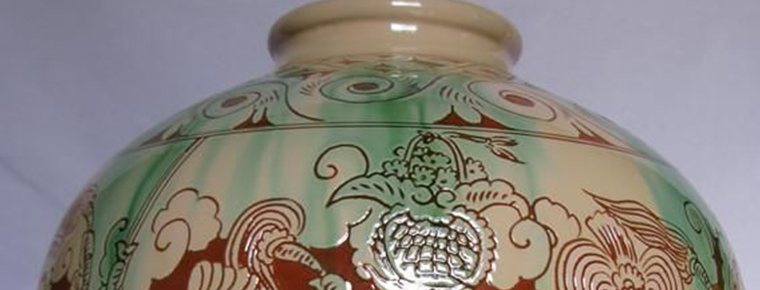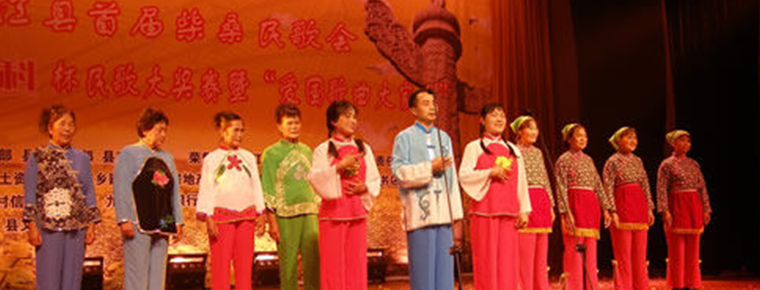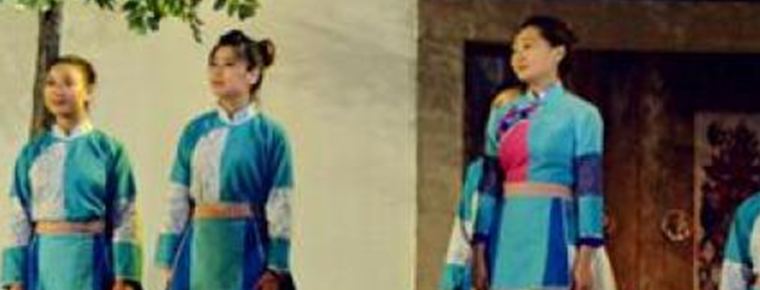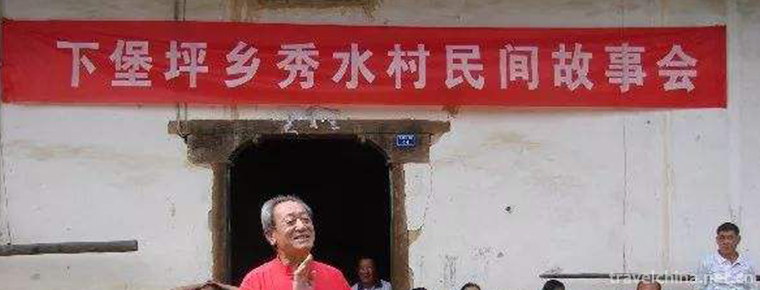Dazhou economy
Dazhou economy
In 2019, Dazhou's GDP will reach a new level, reaching 204.15 billion yuan, with a year-on-year growth of 7.7% based on comparable prices. Among them, the added value of the primary industry was 34.48 billion yuan, an increase of 2.9%; the added value of the secondary industry was 70.63 billion yuan, an increase of 9.4%; the added value of the tertiary industry (service industry) was 99.04 billion yuan, an increase of 8.4%.
In the whole year, the added value of private economy in the whole city reached 126.268 billion yuan, an increase of 7.8%, accounting for 61.9% of GDP, contributing 68.3% to GDP growth, and driving GDP growth by 5.3%. Among them, the added value of the primary industry was 9.305 billion yuan, down 4.5%; the added value of the secondary industry was 54.78 billion yuan, an increase of 9.4%; the added value of the tertiary industry was 62.183 billion yuan, an increase of 8.6%.
The total investment in fixed assets reached 140.43 billion yuan, an increase of 12.3% on the same basis. Among them, state-owned investment reached 84.916 billion yuan, an increase of 8.3%; private investment completed 55.126 billion yuan, an increase of 19.3%. In terms of industries, the investment in the primary industry was 6.596 billion yuan, an increase of 12.1%; the investment in the secondary industry was 28.235 billion yuan, an increase of 1.8%; the investment in the tertiary industry was 105.211 billion yuan, an increase of 15.6%.
The consumer price index (CPI) rose 3.1% year-on-year in the whole year and remained stable. Among them, food, tobacco and alcohol increased by 8.4%, housing increased by 4.6%, medical and health care increased by 1.2%, education, culture and entertainment increased by 0.4%, daily necessities and services increased by 0.3%, transportation and communication decreased by 1.2%, and clothing decreased by 3.2%. The producer price index (PPI) of industrial products rose by 0.9% in the whole year.

-
Baiyun Mountain
located in Baiyun District of Guangzhou City, Guangdong Province.
Views: 163 Time 2018-10-12 -
Zhao tomb in Qing Dynasty
Zhaoling Tomb of Qing Dynasty, the mausoleum of Taizong Emperor Taiji, the founding monarch of the second generation of Qing Dynasty, is located in the ancient city of Shenyang (Shengjing).
Views: 172 Time 2018-12-26 -
Mao Zedongs former Residence
Comrade Mao Zedong's former residence is located in Shaoshan Village, Shaoshan Township, Shaoshan City, Hunan Province. It is located in the South and north of Shaoshan Village.
Views: 154 Time 2019-02-07 -
Guqin art
Guqin art is embodied as a solo art form of flat stringed instruments. It also includes both singing and playing, as well as the ensemble of piano and xiao..
Views: 90 Time 2019-05-01 -
Firing Techniques of Jieshou Coloured Pottery
The firing technique of Jieshou colored pottery, the local traditional handicraft technique of Jieshou City, Anhui Province, is one of the national intangible cultural heritages..
Views: 104 Time 2019-05-06 -
Jiujiang folk songs
Jiujiang folk song is a traditional folk song that is popular in the surrounding areas of Chengmen, Ma Huiling, Huanglao Men, Lion and Chengzi Town in Jiangzhou District, Jiujiang City.
Views: 185 Time 2019-05-08 -
Legend of King Qian
The legend of King Qian is a local folklore derived from the life stories of King Qian Si of Wuyue. Linan is the hometown of King Qian. After his death, his legends have been widely circulated in Lina.
Views: 135 Time 2019-06-10 -
the Wu Ballads
Wuge is the oral literary creation of the majority of the people in Wu dialect area, which originated in southeastern Jiangsu Province, and Suzhou is the central area for the generation and developmen.
Views: 134 Time 2019-06-29 -
Xiabaoping Folk Stories
There are many original ecological works of Xiabaoping folk tales, which have distinct local characteristics and high cultural taste. It is the epitome of the traditional folk literature in the Three .
Views: 343 Time 2019-07-01 -
Legend of Yongding River
Yongding River legend is one of the local folklores in Beijing. Among many legends, the legend of river blocking is representative; the legend of Shijing Mountain and Shijing Mountain; the legend of b.
Views: 123 Time 2019-07-14 -
Anhui Medical University
Medical University Of Anhui (Anhui Medical University), referred to as "an Medical University", located in the capital of Anhui. Hefei City Yes. Key universities in Anhui By Anhui Provincial.
Views: 102 Time 2019-10-10 -
Meishan Sports
In 2019, 45 games will be held and 30000 people will participate in the games. At the end of the year, there were 116 sports associations. By the end of the year, there were 1410 sports venues in the education system. Meishan post and telecommunication.
Views: 358 Time 2020-12-18










